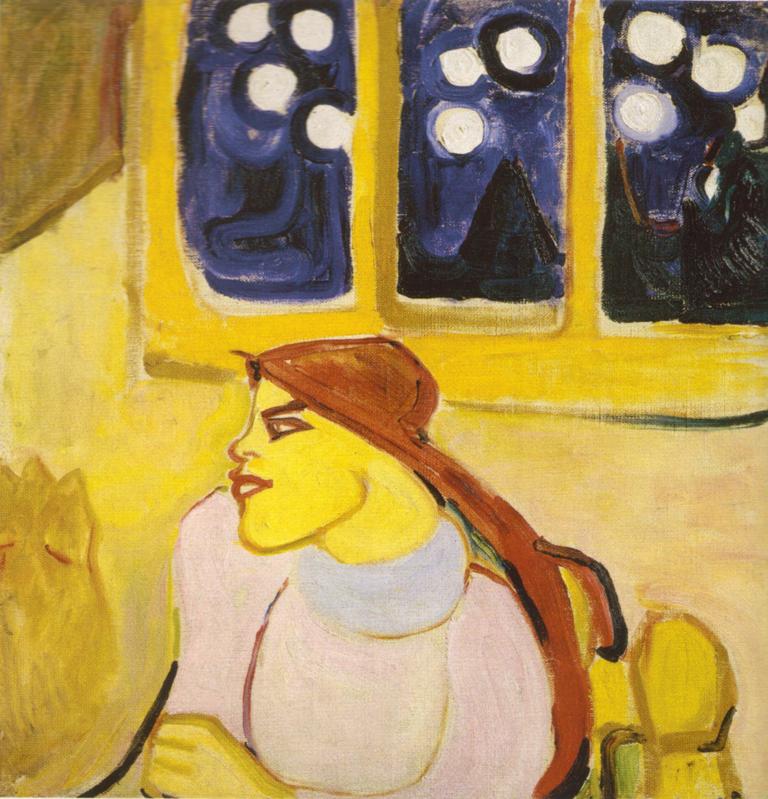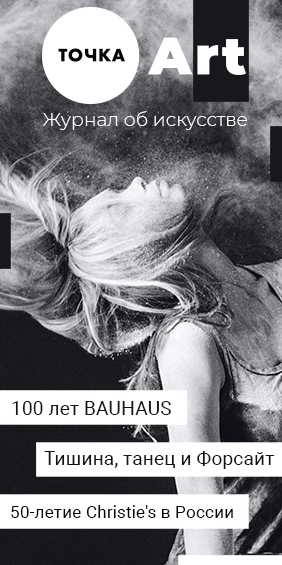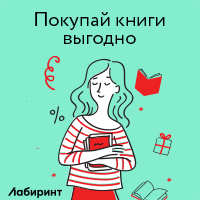The beginning of the Russian avant-garde: ‘The Union of Youth’ in the Russian Museum
The Russian Museum | The exhibition is opened until September 02
One of the main exhibition events of this summer was the exhibition ‘Union of Youth’, which was opened in the Benois Building of The Russian Museum, where works from fifteen museums and several private collections were exhibited. The curator of the exhibition, an art critic Irina Arskaya, spoke about it specifically for the ART Point Magazine.
The Union of Youth is a Saint Petersburg Association of innovative artists that was active from 1910 to 1914. It cannot be called a forgotten association for sure (because it is dedicated to the english language monograph by Jeremy Howard, as well as many articles by other authors), but it is definitely possible to call the Union of Youth a little-known Association. If the associations like «Jack of diamonds» and «Donkey’s tail» are familiar to everyone who is interested in the history of the Russian avant-garde, then the «Union of youth» in the mind of a layman is often associated with an incomprehensible Communist organisation. The organisers of the exhibition wanted to correct this injustice by rightfully making the Union of youth a brand of the avant-garde of the 1910s.
The history of the Union of Youth society dates back to 1909, to the last exhibition called «Impressionists». It was organised by Nikolai Ivanovich Kulbin, head of the artistic and psychological group «Triangle». This small Petersburg group opposed academism and realism in the capital of the Russian Empire, where the influence of the Academy of arts was especially great. But small kulbin expositions were a drop in the sea of other exhibitions of the beginning of the last century, far from innovative searches. It was obvious to the most revolutionary participants of the «Triangle» that it was necessary to create a different, broad, platform for consolidating the disparate forces of young artists.
In April 1909, this work began. From Kulbin’s group came such personalities as Mikhail Matyushin and his wife Elena Gurko, Joseph Shkolnik, Eduard Spandikov, Savely Shleifer. It was they who joined them with the sculptor Rostislav Voinov, graphic artist Valentin Bystrenin, painters Zoya Mostova, Nadezhda Lyubavina, Gleb Verkhovsky and several other artists who became the organisers of the Union of Youth society. Soon he found a name that reflected the real situation: the average age of the participants of the ‘Union of Youth’ was less than 30 years.
Like any new birth, the process of forming the Youth Union was fraught with many difficulties. They related, for example, to differences in tactical issues, such as whether to perform an exhibition urgently, with existing items, or wait for new participants to appear, collecting much more better works from them.
But there was another, the main and eternal question of art: where to get the money? Attempts by the Union of Youth to survive on membership fees failed, as the money was barely enough to rent a workshop for joint painting classes and talk about the future of art. Therefore, the exhibition history of the Union begins in the autumn of 1910, when theater artists-painters Savely Shleifer and Joseph Shkolnik convinced the inveterate theater-goer and bibliophile, 29-year-old Leki Zheverzheyev, to become a sponsor of the Association. I must say that it was an adventure on the part of Gevergeev: most of the artists he took under his wing were not only young, but also unknown to anyone. Nevertheless, it is precisely because of Zheverzheyev’s contribution (financial and personal) that we know the history of the avant-garde, which in a short time was able to make a breakthrough in the development of artistic language and understanding of the goals of art.
Thanks to Zheverzheyev, The ‘Union of Youth’ managed to arrange 7 exhibitions: 5 regular in St. Petersburg and 2 visiting in other cities: in Riga (1910) and in Moscow, together with the Association ‘Donkey’s tail’, as well as the group of Mikhail Larionov (1912). These exhibitions brought together more than 80 artists and presented the entire panorama of searches and experiments in the first half of the 1910s: from symbolism and neo-primitivism to cubo-futurism.

The ‘Union of Youth’ managed to form a platform for presenting the most diverse intentions in painting, for searching for a vector for the development of the art of the future.
It should be noted that even the guardianship of Zheverzheyev could not provide money for all the extensive plans of the members of the Union of Youth society. Thus, the Union of youth conceived the world’s first Museum of Modern Art (it will be implemented and created only after the revolution in the form of a Museum of Art culture), also planned a permanent theatre-cabaret, joint exhibitions with German expressionists and young Finnish artists. Nevertheless, much has been accomplished. For example, the Union of youth published three issues of the magazine of the same name — the first publication in Russia dedicated to contemporary art. In its first two issues (1912), a program article by Vladimir Markov (pseudonym of Voldemir Matvey — artist and theorist) «Principles of new art» was published, and manifestos of Italian futurists and information about novelties of French criticism were translated literally «from the wheels». The third issue of the magazine was published as a joint issue with the futuristic literary group «Gilea»: David and Nikolai Burliuk, Elena Guro, Velimir Khlebnikov, Benedikt Livshits.
No less important for the promotion of new art was a series of six infamous debates about modern painting and literature, organised by the «Union of youth» in January 1912 — November 1913 in the Trinity theatre of miniatures. D. Burlyuk, K. Malevich, A. Grishchenko, V. Mayakovsky, A. Kruchenykh, and others spoke at the debates. The total avant-garde project implemented by the Union organically included theatrical productions: little-known now, but thundered in the press in 1911 «Choral actions», which included the play «Tsar Maksemyan and Evo the rebellious son of Adolf», as well as the famous performances of the end of 1913 «Victory over the Sun» (libretto by A. Kruchenykh and Velimir Khlebnikov, music by M. Matyushin, scenography by K. Malevich) and «Vladimir Mayakovsky» and (text by V. Mayakovsky, scenography by I. Shkolnik and p. Filonov).
The basis of the policy of the «Union of youth» is its tolerance towards various searches for young artists, as well as the absence of any stylistic framework at its exhibitions, which is exhibited by the jury in front of the exhibitors. At the same time, we can recall that the modern «Union» Moscow Association «Jack of diamonds» broadcast to the public only one of the trends of the avant — garde-cezannist. The Union of youth’s openness to innovation was its main strength and contribution to the art of the twentieth century.
The exhibition «Union of youth» in the Russian Museum is an experience of presenting society in all its forms. First of all, this is his painting and drawing practice. The ideal exhibition would be one that reconstructs the evolution of the «Union» in 1910-1914: from the early symbolist paintings of Filonov, Shkolnik, Naumov to the cubo-futurism of Rozanova, Malevich, Burlyukov, etc. But the problem is that the members and exhibitors of the Union shared the fate of other «left-wing» artists of the XX century: their heritage is now not only dispersed across many collections, but often lost in large parts, and sometimes completely lost. That is why a detailed reconstruction of the Union’s exhibitions, traced year after year, is not just difficult, but expositionally impossible. Therefore, it was decided to organise the exhibition on the principle of «thematic-chronological»: to show based on a personal presentation, including works that were not present at the exhibitions of the 1910s, but are highly characteristic of the artists — exhibitors of the «Union of youth».
At the same time, the curators tried to identify the paintings that undoubtedly participated in the exhibitions of the «Union». Each work identified by catalogues, author lists, reproductions and descriptions in the press is accompanied by an indication in the label of its display at a certain exhibition of the society in 1910-1914.

The result of a painstaking preparatory study was the display of works by 37 artists at the exhibition of the Russian Museum. This is a lot (the maximum that can be collected in 2019), but it is also not enough, given the fact that the avant-garde movement, which the Union provided with exhibition sites, was broader: then, in the first half of the 1910s, its participants were at least 83 artists. However, the exhibition at the GRM brings together, if possible, all those artists whose legacy has not been completely lost. The difference in the number of names that were relevant in the 1910s and in the 2010s confirms the thesis once again: we are dealing to a large extent with a huge number of gaps, with the «unknown Russian avant-garde», whose perfect reconstruction is now impossible.
Nevertheless, the Russian Museum for the first time brings together the heritage of many artists, and to a large extent its exposition is the discovery of new names. Perhaps, first of all, it is worth mentioning Joseph Shkolnik, the hero-organizer of the avant-garde movement. This «quiet man» managed the Affairs of the «Union of Youth» for 4 years, being its Secretary, while finding time for painting. After the revolution, he became Director of the Decorative Institute, located in the building of the former Zheverzheyev house in Grafsky lane, 5. The schoolboy died in 1926, and for more than 15 years of his short life, he worked for vanguard as a process Manager. If we know his post-revolutionary work in part from the exhibition of the Russian Museum «Art to life» (2017, curator Alisa Lyubimova), the first personal exhibition of the Shkolnik is now taking place within the framework of the exhibition «Union of youth», where the artist has a separate room. It contains not only items known to connoisseurs, but also the amazing «Still life with a cactus» from the GRM, artistic, very original and expressive drawings and watercolours, «Landscape with a road» and other masterpieces from the collection of the Saratov art Museum, as well as «Park bench» from a private collection. For the first time , St. Petersburg got the opportunity to see «Night on Ligovka» (1912), a painting by Pavel Filonov from the National gallery of Armenia that has never been exhibited in Russia.
Portrait of the beauty and owner of the salon Anna Zelmanova by Natalia Goncharova supports Zelman’s «Landscape with boats» from the Omsk Museum of fine arts. From the same place, from Omsk, came «Petersburg. St. Andrew’s Cathedral» by Svyatoslav Nagubnikov — one of the brightest and youngest members of the «Union of youth», who died on the fronts of the First World war. The Ulyanovsk regional art Museum provided Mashkov’s masterpiece — Ilya Mashkov’s luminous still life «Fish and sausage», and the Latvian art Museum — two small expressive paintings by V. Matvey’s «Red and black» and «portrait of Bubnova». For the first time, the heritage of E. Spandikov, an artist who delighted critics and collectors on the opening day, was also combined in one exhibition: items from the Russian Museum stood in line with his «Channel» from the collection of the Rybakov family and «Tatsovitsa» from the St. Petersburg Theatre Museum. A separate hall is reserved for the Moscow exhibitors of the «Union of youth» — Malevich, Goncharova, Larionov, Morgunov, D. and V. Burlyuk.

The exhibition ends with an extremely interesting «archive» hall, where the most interesting exhibits of the «Union of Youth» Fund are concentrated from more than one and a half thousand copies of its pages in the Department of manuscripts of the state Museum of fine arts. They are interesting to read and consider. In the last hall, you can watch a film about the «Union of youth» prepared by the multimedia Department of GRM, and read biographical information about artists, look at their faces. At the exhibition, you can use the audio guide and/or read the annotations for each hall. The main thing to note is that such a complete presentation of the early Russian avant-garde is unlikely to happen in the coming years, so you should definitely go to the exhibition. On October 23, the exhibition — but in a slightly reduced and slightly changed composition — will move to Moscow, to the Jewish Museum and tolerance center.
The exhibition «Union of Youth» can be seen at the Russian Museum until September 2.



